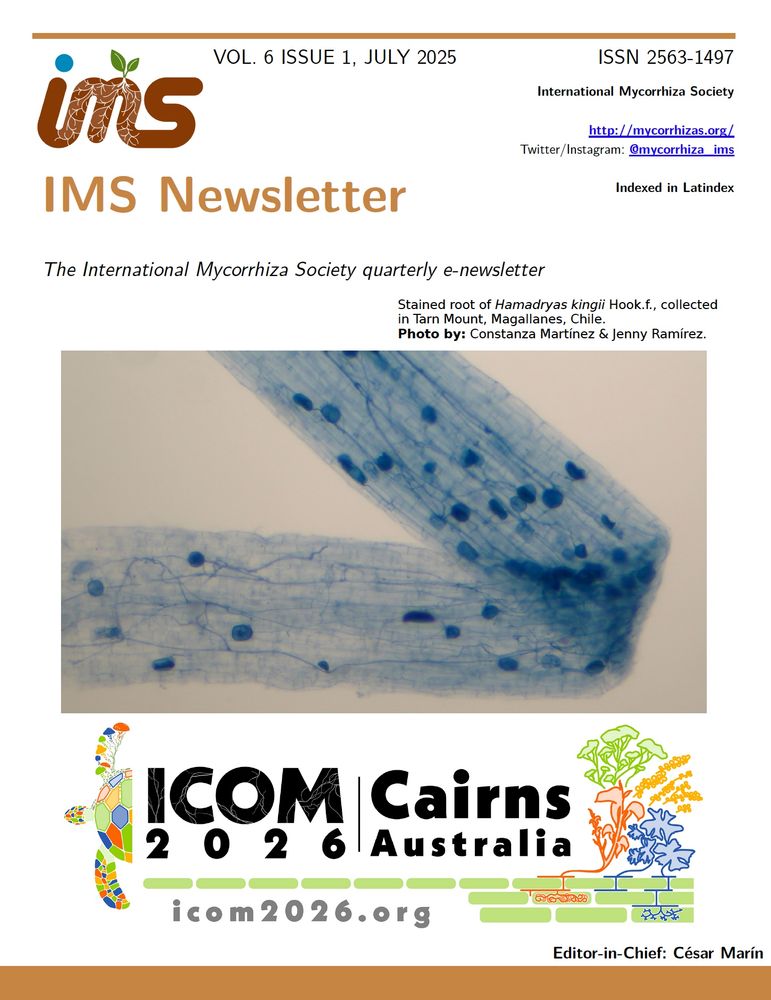Pedro Madeira Antunes 🇨🇦🇵🇹
@1pantunes.bsky.social
500 followers
530 following
54 posts
Professor | #Soil/plant ecol | Canada Research Chair | Int. Mycorrhizal Society Director
https://pantunes4.wixsite.com/plantsoilecologylab
https://substack.com/@pantunes?utm_source=user-me
Posts
Media
Videos
Starter Packs
Reposted by Pedro Madeira Antunes 🇨🇦🇵🇹
Reposted by Pedro Madeira Antunes 🇨🇦🇵🇹
Reposted by Pedro Madeira Antunes 🇨🇦🇵🇹
Justine Karst 🇨🇦
@j-karst.bsky.social
· Aug 22

Soil inoculation improves tree seedling growth in substrates containing bitumen, but the effect varies by species and inoculum source
Soil inoculation improved tree seedling growth in some substrates containing bitumen, but the effect varied by species and inoculum source. Inoculum from extreme environments, such as the abandoned o...
besjournals.onlinelibrary.wiley.com
Reposted by Pedro Madeira Antunes 🇨🇦🇵🇹
Justine Karst 🇨🇦
@j-karst.bsky.social
· Aug 22
Reposted by Pedro Madeira Antunes 🇨🇦🇵🇹














